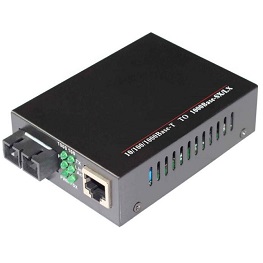- Sales SupportContact Sales
- Call us at: +(86) 15211074652
- Send us a email at: info@zr-fibercable.com
Optical module, fiber optic transceiver
Optical module, fiber optic transceiver
optical module
The links between them need optical modules and optical transceivers to realize. Many users have some doubts about optical modules and the use of optical modules. How to connect the two? What are the precautions?
The difference between the two:
1. The optical module is a functional module, or an accessory. It is a passive device and cannot be used alone. It can only be used for switches and devices with optical module slots. The optical module is a functional device and an independent active device. The equipment can be powered by itself;
2. The optical module itself can simplify the network and reduce failure points, while the use of optical fiber transceivers will increase a lot of equipment, greatly increase the failure rate, occupy too much cabinet storage space, and is not beautiful;
3. The optical module supports hot swap, and the configuration is more flexible; the fiber optic transceiver is relatively fixed, and replacement and upgrade will be more troublesome than the optical module;

4. Optical modules are more expensive than fiber optic transceivers, but they are relatively stable and not easily damaged; although fiber optic transceivers are economical and practical, considering factors such as power adapters, optical fiber status, and network cable status, transmission loss accounts for about 30%. ;
5. Optical modules are mainly used for optical interfaces of optical network communication equipment such as aggregation switches, core routers, DSLAM, OLT, etc., such as: computer video, data communication, wireless voice communication and other optical fiber network backbone networks; optical transceivers are used in places that cannot be covered by network cables In the actual network environment where optical fiber must be used to extend the transmission distance, it is usually located in the access layer application of the broadband metropolitan area network, such as: the transmission of high-definition video images for monitoring and security engineering, and the communication with the metropolitan area network and further external networks Connection of last mile fiber optic lines;
In addition, some points should be paid attention to when connecting the optical fiber module to the optical fiber transceiver: the wavelength and the transmission distance must be consistent, for example, the wavelength is 1310nm or 850nm at the same time, and the transmission distance is 10 kilometers; SC port is used, and LC port is used for optical modules. This point will prompt the choice of interface type when purchasing. At the same time, the rates of the fiber optic transceiver and the optical module must be consistent. For example, a Gigabit transceiver corresponds to a 1.25G optical module, 100M corresponds to 100M, and 10M corresponds to 100M; the fiber types of the optical modules must be the same, single fiber to single fiber, and dual fiber to dual fiber..
You might be interested in
We use cookies to ensure that we give you the best experience on our website. By clicking on "Accept" or continuing to use this site, you agree to our use of cookies in accordance with our Cookie Policy .You can refuse the use of cookies here.
Accept

